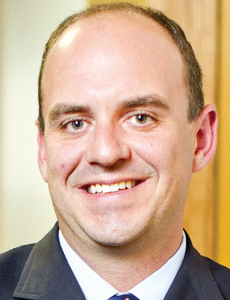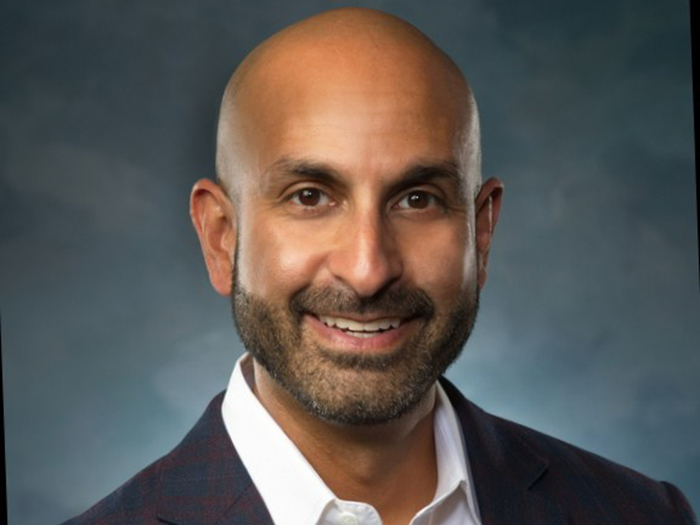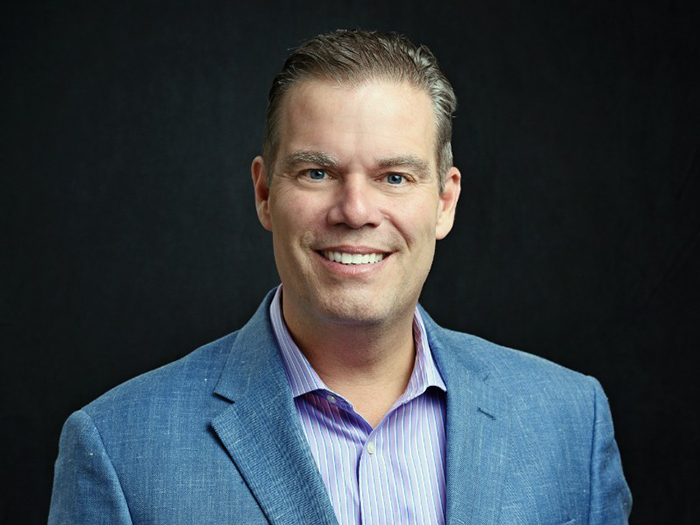The ACA and Captives
Captives Offer Control

Rogers Petroleum currently employs 89 people. The Knoxville, Tenn.-based provider of wholesale petroleum distillates insures perhaps 130 lives on its health plan, estimated its vice president of risk management, Mike Jellicorse.
That’s a small-sized company by any measurement. No matter.
Beginning in January 2014, Rogers went self-funded, joined the WELLth Employee Benefit Captive for stop-loss coverage, and aims to remain “in control of our own destiny,” as Jellicorse put it.
Health care reform, in part, drove the decision. As Jellicorse recounted, the employer first considered using a stop-loss captive in 2012, but demurred because of the vagaries of Affordable Care Act implementation.
By 2013, the future was more certain. The ACA then had the opposite effect, encouraging Rogers’ business leaders to self-fund employee health benefits and join a captive.
Again, it came down to control — in large part being able to design its plan any way it wanted as a self-insuring company (as long as it remained within the 60 percent minimum benefit threshold dictated by the law).
It’s the mantra of control that risk and benefit managers at large employers have been repeating over and over to themselves, to their bosses, to captive conference participants and captive owner prospects, and to journalists for years. Now it’s on the lips of some of the smallest employers.
They can now share in the freedom from traditional insurance markets, their volatility and unpredictability, their lack of transparency, their premium spikes year after year.
“That’s what we’re banking on,” said Jellicorse. “Historically, [captives] will flat-line your increases.”
“Everybody Gets There Eventually”
Captive industry growth in 2014 is generated as much from mid-size and small companies as big Fortune 1,000 types, insiders said. In an increasing number of cases, these smaller-sized firms are doing so to help finance their employee health benefits.
“Historically, [captives] will flat-line your increases.” — Mike Jellicorse, vice president of risk management, Rogers Petroleum
Jeffrey Fitzgerald, a vice president of employee benefits at Innovative Captive Strategies (ICS) in West Des Moines, Iowa, which is the firm that owns and operates the WELLth group captive in which Rogers Petroleum participates, said the majority of his firm’s growth has come from small and mid-size employers joining a heterogeneous group captive to seek the benefits of self-funding — more stability, transparency, and essentially more credibility and bulk pricing given from underwriters.
To meet the demand, ICS has created nine group captives — roughly half in the past 18 months — with 100 to 120 clients. The groups are fronted by an insurance carrier, which then cedes the stop-loss coverage back to the captive (a typical structure of a captive writing third-party risk).
ICS can group employers in these heterogeneous captives by several factors, size being an obvious one. Groups are also built based on the level of employer sophistication. How stringent are they on their wellness providers and what level of accountability do they demand? How focused are they on loss control? Some companies are more advanced than others.
“Everybody gets there eventually,” said Fitzgerald. “Most captive members are going to get to a point where they’re communicating with each other, they’re engaged and they’re holding each other accountable.”
Jellicorse at Rogers gives the impression that his employer is already pretty far along the learning curve. They, in part, came to a captive to help make their efforts in wellness pay off.
For years, the company saw improving loss ratios among its population without any premium savings from the insurance company. Now, as a self-funder, paying monthly premiums to itself and simply paying claims as they come along, it stands to reason that any reduction in claims will lead to more money in its proverbial pocket.
Rogers’ employees also benefit from new wellness programs like metabolic screening and weight-loss programs targeted at those at risk for metabolic syndrome, as well as the COMPASS program, which allows members to price shop for medical services. Claims above $25,000 go to the group stop-loss captive, and if the captive’s loss experience is good that year, what’s left over gets paid back pro-rated, to members like Rogers.
These benefits are nothing new to large employers but represent a welcome change for smaller employers.
“We have a couple of different opportunities to come out looking much better cost-wise at the end of the year,” said Jellicorse.
ACA Drives Changes
Fitzgerald sympathizes with his clients. They are really in a “tough place,” he said, meaning that they have had to spend the last two years learning how to be compliant with the ACA.
Most, he said, never intended to drop benefits. But they now know what the cost of their employee health care is, versus what they were actually spending on premiums and services. They have learned to tie their costs to their claims, versus just to their premiums.
“If they’re not in a position to control the spend or have some say or take some risk, then I think it can be really tough,” he said.
Employee benefits are on the minds of captive owners overall.
This year’s Annual Captive Insurance Market Study, released in March by the Captive Insurance Cos. Association (CICA), revealed that more captive owners are considering writing employee benefits in their captive in the intermediate term.
“Further delays, and continuing changes, in the implementation of the Patient Protection and Affordable Care Act are causing ongoing uncertainties around the impact on various constituencies,” the survey authors wrote.
Stop-loss coverage was by far the most popular. Of 133 CICA survey participants, 12 percent already wrote stop-loss in their captives, while 26 percent said it was likely or possible in the next three years.
Karin Landry, past CICA chair and managing partner at Boston-based Spring Consulting Group, said this is a mentionable “uptick” in interest.
Landry, like Fitzgerald, is seeing more small and mid-size employers seeking to pool their stop-loss coverages, and in response to this activity, a number of producers are forming captives for clients.
“I think there are a lot of good solutions out there, but there are some that are not that good,” Landry added.
Beyond stop-loss, Landry is seeing movement again in the Department of Labor’s (DOL) fast-track approval process for single-parent captives to write benefits.
Essentially, this is a process by which large enterprises must file with the DOL to be exempted from ERISA.
Once the DOL approves a given case, then others can gain fast-track approval if their captive use mirrors what’s been previously approved. The process slowed because of design, not because of a DOL change of heart, Landry said.
To earn fast-track exemption (a process called ExPro), companies had to point to at least one prior exemption in the past 10 years and one fast-track exemption in the last five (or two exemptions in the last five years).
Landmark exemptions, like ADM’s 2003 approval, were approaching this 10-year limit. What’s more, the DOL had purposefully built in a 10-year sunset on the program to allow it to review the program in 2012.
Now, however, it appears the exemption process is moving forward again.
“The DOL has shown it’s open to doing other fast-track approaches,” Landry said, suggesting she has some clients that will soon file for an exemption.
It stands to reason that trends like these, affecting single-parent captives, will ultimately drive trends in the industry overall, given the preponderance of single-parent captives in the industry.
In the Marsh Annual Captive Benchmarking Report, released in May 2014, two-thirds of captives were single parents. Only 11 percent of captives are considered group, risk retention groups or cells. These numbers are based on the 1,148 captives in total under management by Marsh, the largest captive manager in the world.
Another trend driving single-parent growth brings us back to the ACA. Health care organizations are generating plenty of activity in response to reform.
In 2013 in Vermont, the top domestic domicile, eight new captives formed for health care companies. In the Marsh benchmarking report, the health care industry is in “solid” second place in terms of having its share of captives around the world, at 13.6 percent.
“A health system making acquisitions needs to decide how many captives it needs, and in which domiciles.”
Two macro trends are happening in the U.S. health care space, with hospitals in particular, to ensure this fact remains so.
Physicians are increasingly seeking to become employees of health care and hospital systems, selling their practices in the process.
And those larger organizations are continuing to seek consolidation, buying provider groups and small local hospital systems — or even verging toward being “mega” players by buying or merging with other big systems, said John Lochner, a director at Towers Watson who specializes in working with such firms.
These processes lead health care and hospital systems to acquire new and more exposures, such as “prior acts” exposures as well as the simple fact that more doctors and hospitals leads to more risk — and often more captives, said Lochner.
A health system making acquisitions needs to decide how many captives it needs, and in which domiciles.
Lochner, though, is seeing this “very active environment” driven more by formations than by consolidations.
“Overall, there remains strong interest in captives throughout. Definitely captives continue to be formed, and not just for health care providers,” he said.











